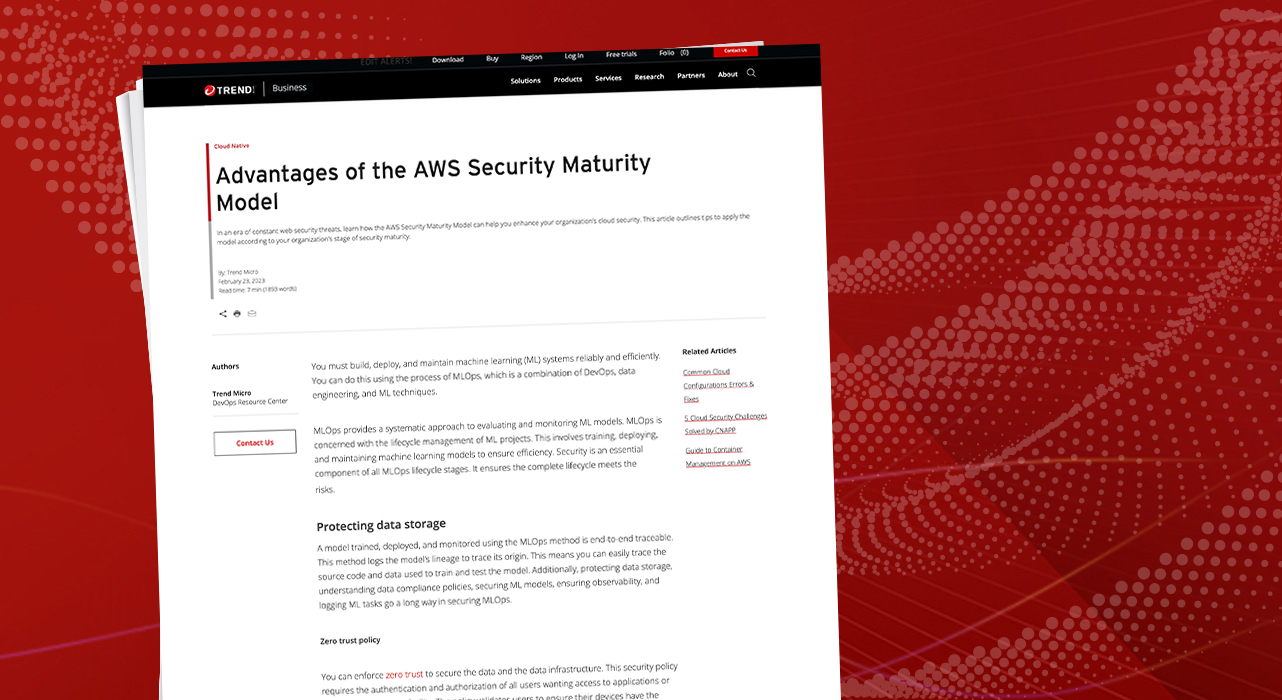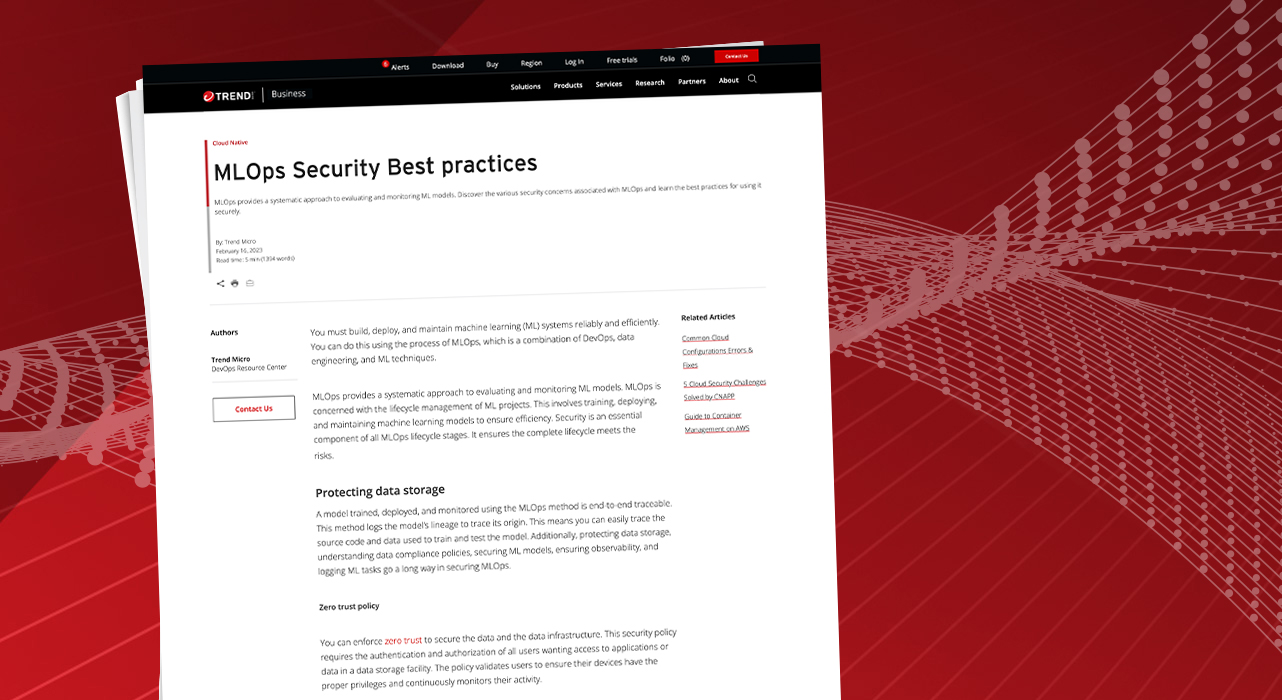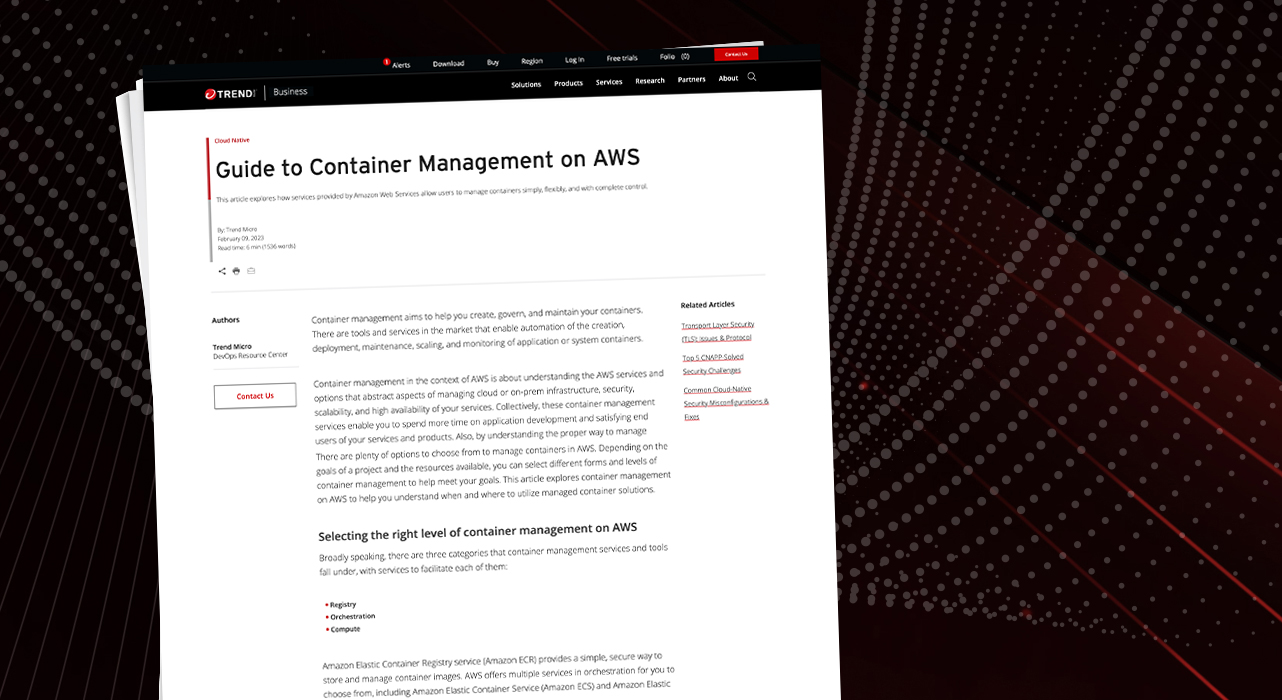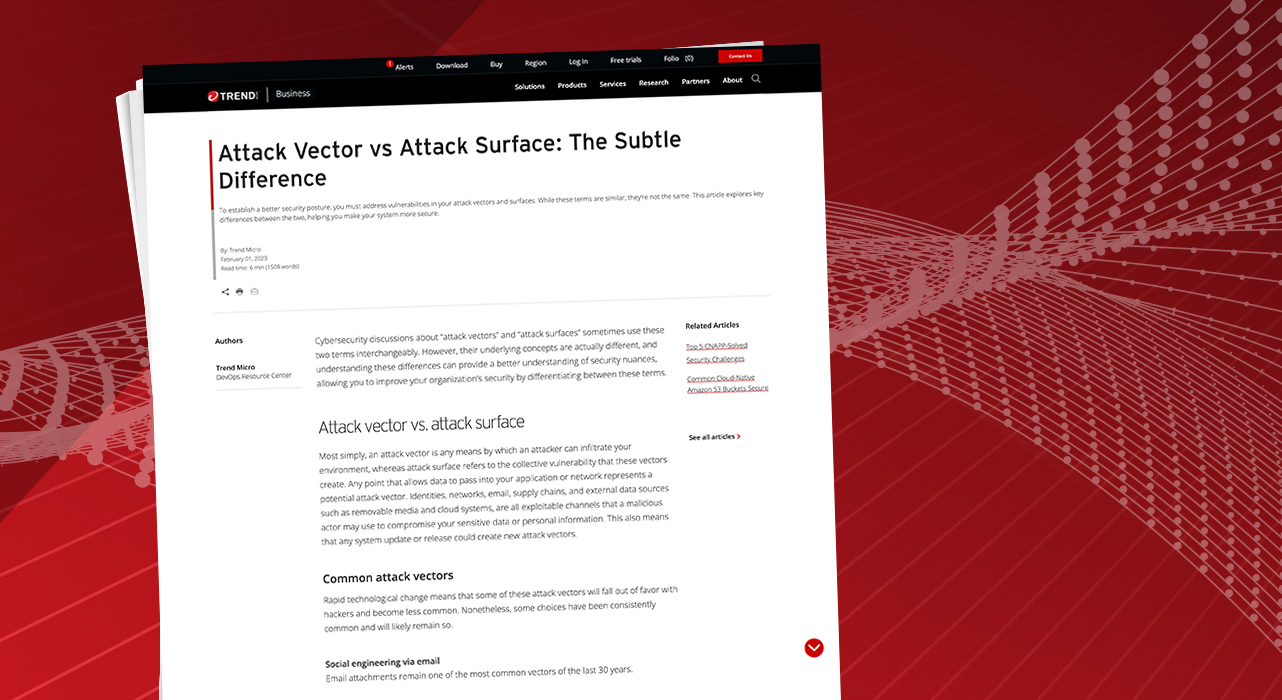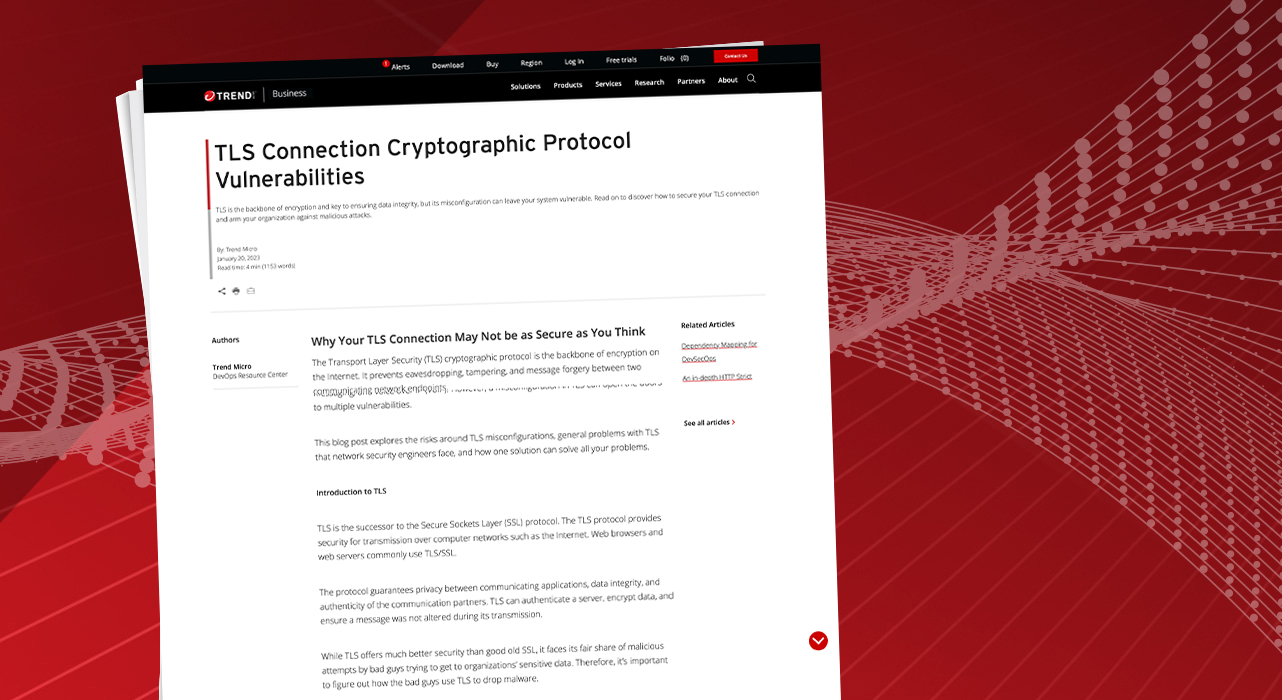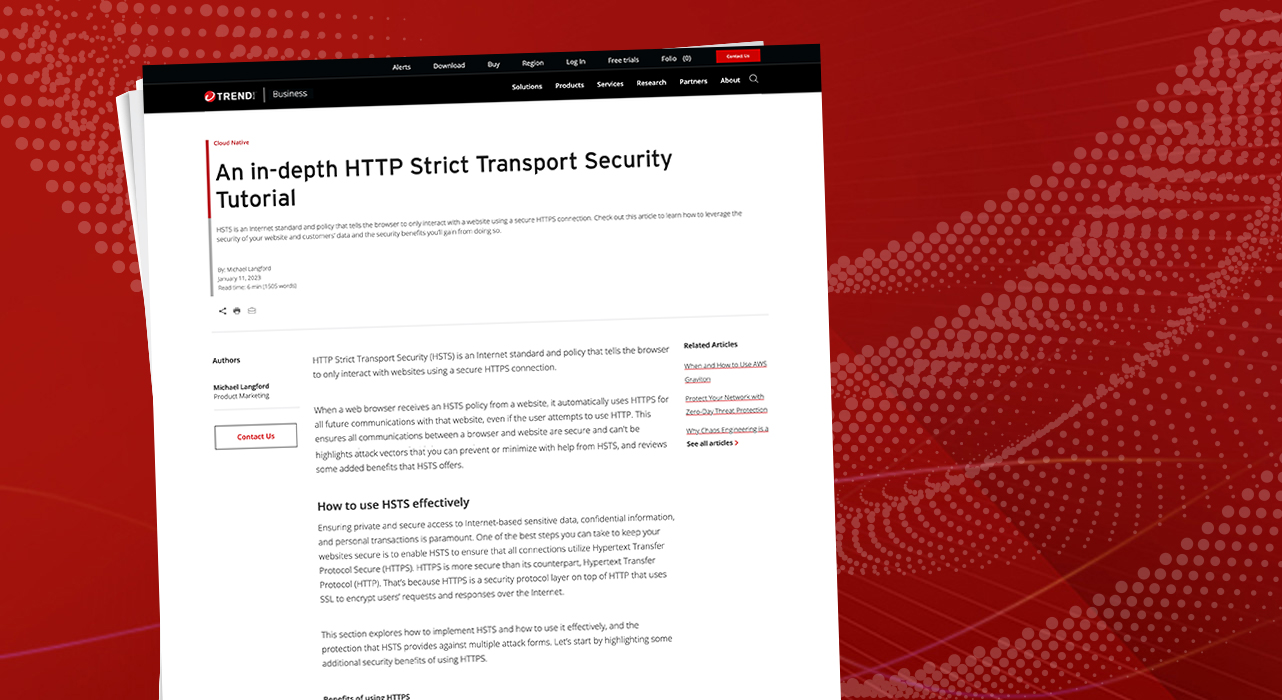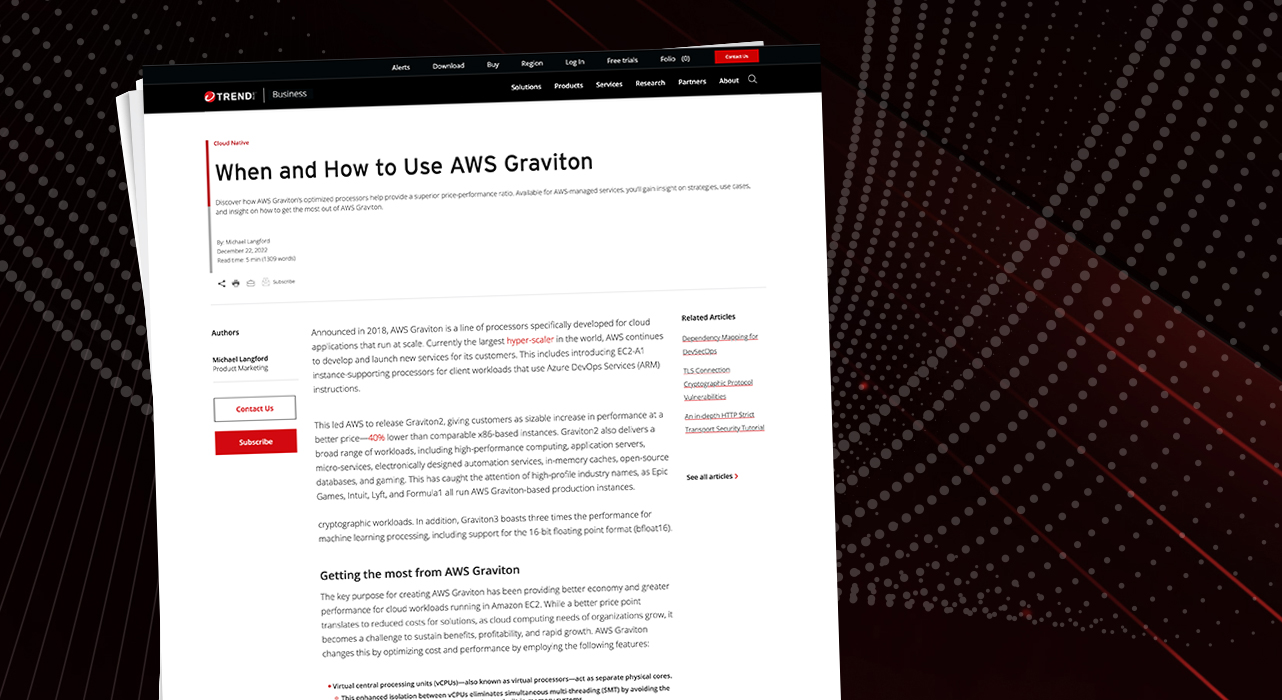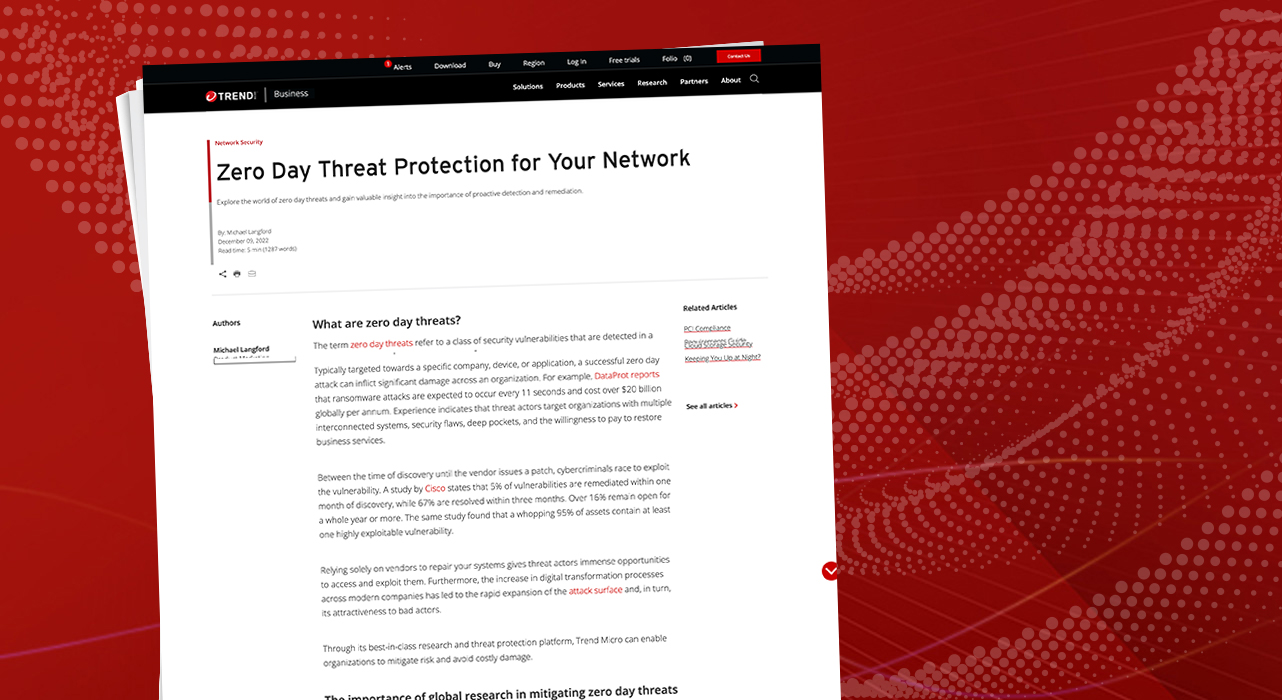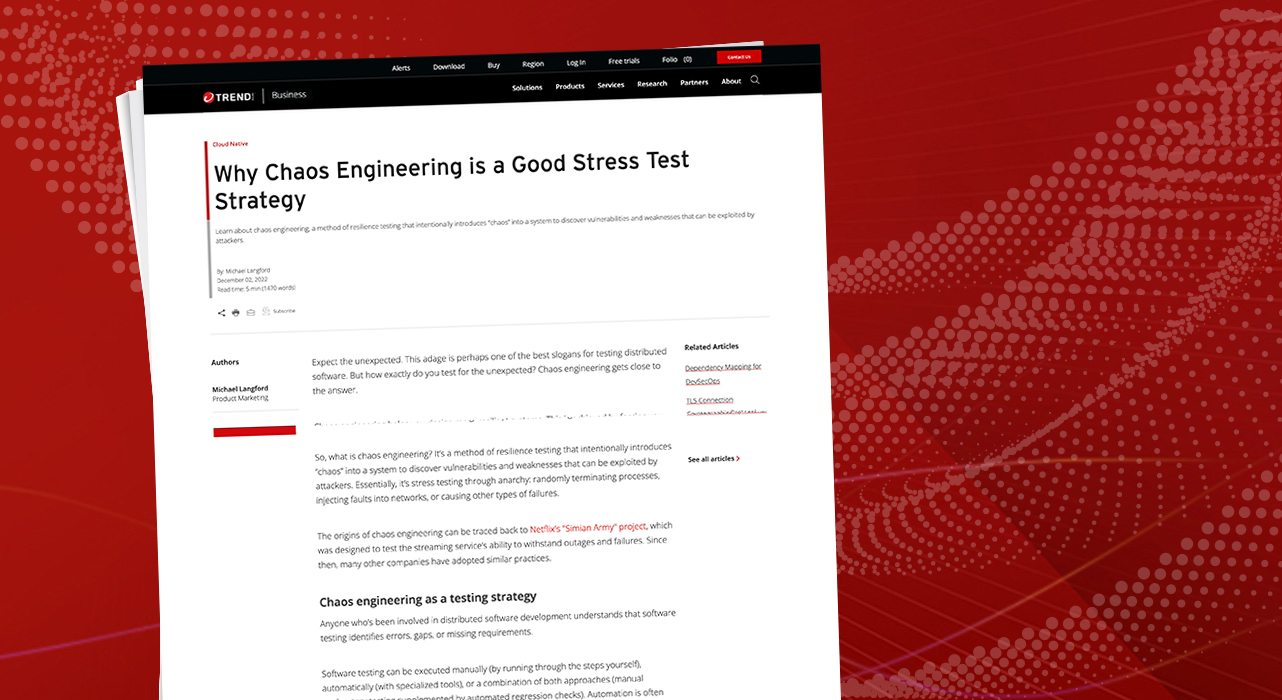Advantages of the AWS Security Maturity Model
As the IT industry evolves and more sensitive customer and organizational data flood the digital sphere, infrastructure security is a skyrocketing priority. Furthermore, the transition from on-premises to the cloud has substantially altered previous security models. Therefore, ensuring the security of your cloud environments requires a measured strategy that ranges from basic configurations and threat detection to a robust incident response plan. However, you may find it difficult to determine where your current security measures…
Read More
